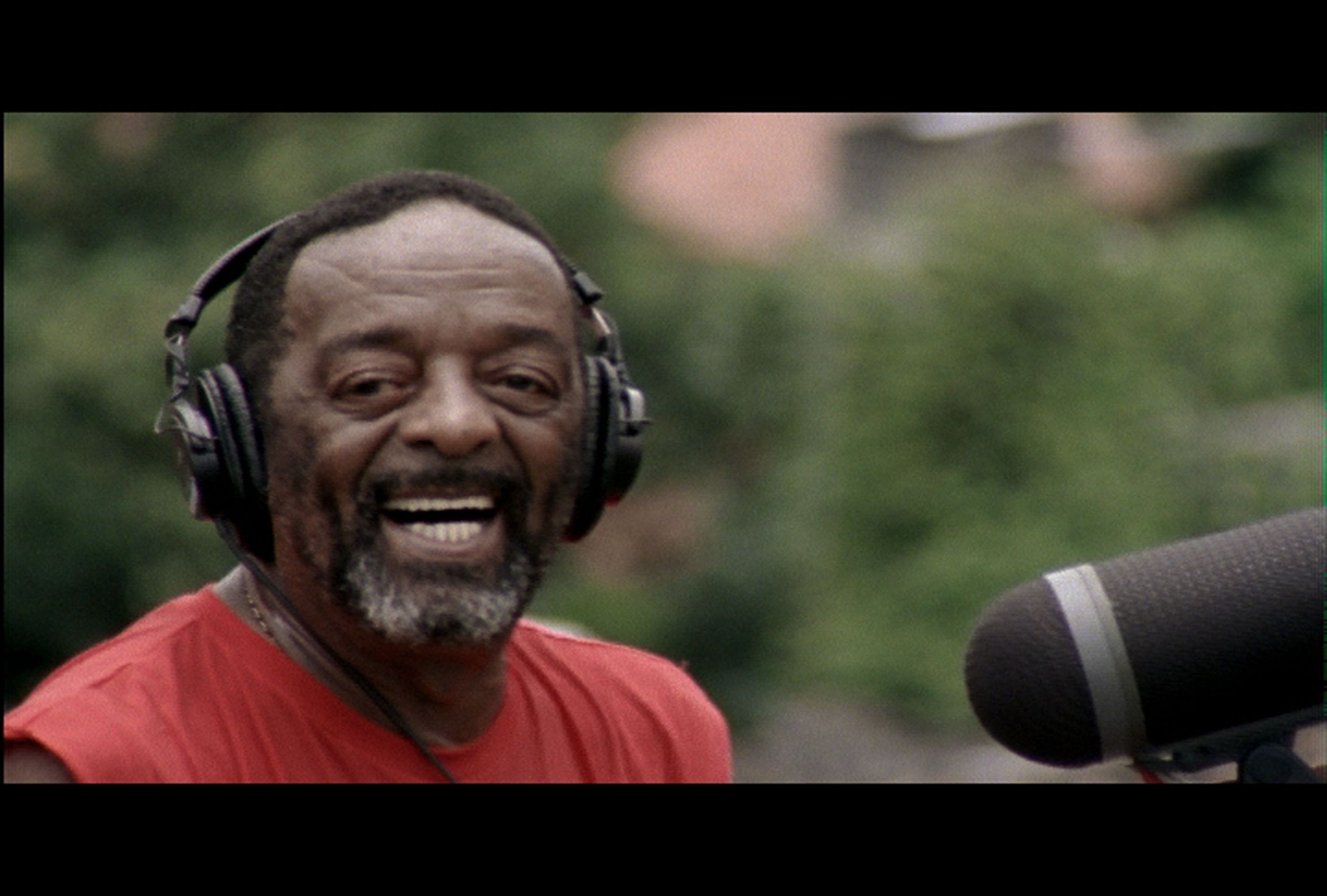
Diário de Naná
Brazilian percussionist Naná Vasconcelos is known for his ability to find music in everyday objects, but for him, the human body is the most important musical instrument of all. In , the filmmakers follow Vasconcelos on his quest for the spiritual and ethnic origins of his music in Recôncavo Baiano, in the north-eastern state of Bahía. There, he finds a gourd and makes a new berimbau, a string instrument dating back to the period of slavery. During his search, Vasconcelos encounters different people and their music. He meets children who make music with pots and pans. He also meets the Zambiapunga, a group which makes drums out of everyday objects, such as shoes. Mãe Gaiacu Luiza, an elderly woman who is a direct descendant of black slaves, tells him about African-American rituals, and another old lady, Edith do Prato, demonstrates how you can produce an unusual sound with a knife and an earthenware plate. Slowly but surely, we see how various ethnic backgrounds, the colonial past, nature and religious rituals have become lodged in the rhythms of the Brazilian musical tradition.